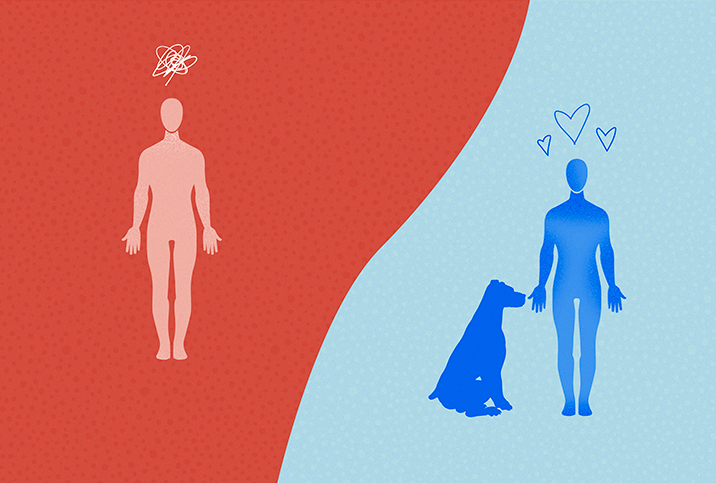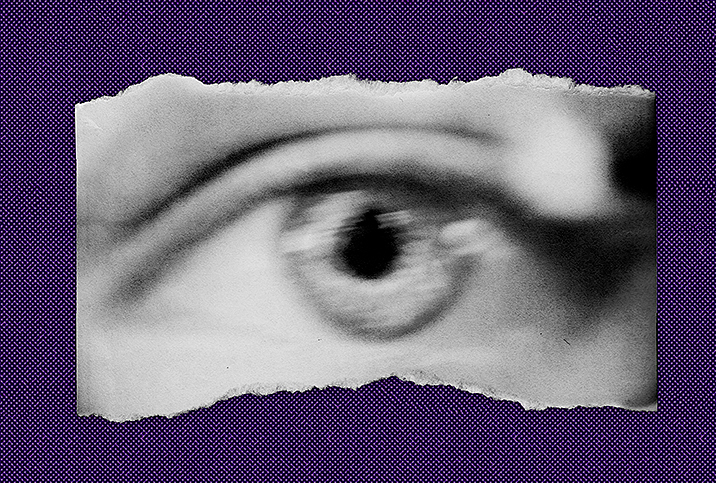Somatic Body Work May Heal Your Trauma

Whether you've experienced acute trauma, a chronic trauma—such as exposure to ongoing threats, stress, poverty, neglect or oppression—or multiple traumas (also known as complex trauma), the condition is an unfortunate fact of life. And it affects a lot of us at some point in our lives.
Any time you have been exposed to something that made you feel unsure of your ability to protect yourself, you have experienced trauma.
Your body's response to trauma
All trauma can cause long-term effects, but not everyone will experience them. Our bodies are amazingly adept at processing trauma, large and small. When you are in a situation that feels threatening to your safety, your body generates a tremendous amount of adrenaline—a hormone secreted by the adrenal glands when you're under stress. Adrenaline increases the rate of blood circulation and breathing, and prepares muscles for action, especially in case you need to fight or flee.
In such a situation, the amygdala—the part of the brain responsible for self-preservation behaviors such as the fight-or-flight response—cranks into overdrive, while the brain's frontal lobe, controlling voluntary movement, executive function, long-term memory formation and communication, shuts down. This is why, during a traumatic situation, you may have behaved in ways you didn't expect and you may not have a clear memory of what happened. This also explains why you may not be able to recover from trauma by "talking it out."
Once the situation is over, our bodies release adrenaline through crying, trembling or shaking. If the discharge response is not allowed to happen—like if you were taught at a young age to not cry, for example—those traumatic experiences don't get processed and released from the body. This can lead to post-traumatic stress disorder (PTSD).
An estimated 1 in 11 people will be diagnosed with PTSD in their lifetime, though many more experience it and never receive a diagnosis. Women are twice as likely as men to suffer from PTSD, and people of color are more affected, too.
"Survival energy [adrenaline] that is not released can lead to various physical and psychological symptoms. You may remain in a state of high alert, shut down emotionally or have particular behavioral responses related to the traumatic event," explained Laura Fuller, a somatic educator and certified hypnotherapist based in Los Angeles.
Processing trauma with somatic techniques
Somatic experiencing therapy (SE) and embodiment practices such as therapeutic touch, breathwork, meditation, yoga and dance allow the body to release trapped survival energy. And just to be clear, a somatic experiencing practitioner (SEP) requires extensive training, so make sure you're looking for help from a professional.
"Working to heal trauma means that—at least in some ways—we survived," Fuller said. "However, not all parts of us have made it to safety. Stabilization tools can help our nervous system become aware of present moment safety and support.
"The goal is to become connected to how you feel inside your body in real-time and also connected to the present moment of safety and support," she added. "This lets you process the difficult experiences in a gentle way."
A client of somatic therapy praised the process, saying, "I experienced 16 years of emotional abuse and over a decade of violent sexual abuse. Numb to my own safety needs, I thought I had to just take it. Somatic techniques with a skillful, attuned and compassionate therapist changed my life. It was through this therapy that I was able to find the courage to name the abuse, get out of the marriage and get myself safe. I feel like somatic work has helped bring me back from the dead."
Stabilization tools
Whether treating severe PTSD to more general states of anxiety or stress, somatic techniques can help anyone regain a sense of stability in an emotional storm. Here are some techniques to consider:
- Orienting is where you check your environment to assure yourself that it's safe.
"Your cognitive mind knows there is not a tiger behind you, but your limbic system may be wondering," Fuller explained. "Some forms of trauma may make us lose the instinct to look for safety. Looking around, listening, and moving your head, neck and spine to take in your external surroundings, these are all part of orienting."
You may also orient internally, which is when you scan your body and notice any feelings or sensations.
- A resource is anything that feels positive, helpful or supportive. As you orient internally or externally, notice if you find a resource, such as something visually appealing, the sensation of your arms in a soft sweater, your beloved pet or the feeling of being at a comfortable temperature. Being able to direct your attention to this resource can help soothe you as you navigate uncomfortable feelings
- Grounding is similar to orienting and the two can often be done together. The simplest form of grounding is when you become aware of what is physically supporting your body. What is holding you? If you are standing, the ground beneath your feet supports you. If you are sitting, notice the pressure of the chair, bed or floor behind your back and under your bottom and thighs. You might become aware of a pleasant sense of gravity. Wherever you make contact with something else, you can ground yourself and feel support.
- Movement can be a helpful way to relieve discomfort. If you're able to, try large flowing movements that involve your knees and hips as these can be quite soothing. Movement can also help get you out of a "freeze" state (referring to the four Fs: fight, flight, freeze and fawn). Joints have sensors that allow us to know where we are in space and this proprioception also helps the brain process trauma. If you are not in a place where you can make large movements, you could move discreetly by wiggling your hands and feet or contracting and relaxing muscles that feel tense.
- Touch can help soothe you, as it brings your awareness to the present. You can self-touch (try massaging your own hand or rubbing the tops of your thighs) or feel something textured in your surroundings. You can also incorporate a touch practice such as the Ayurvedic self-massage technique of abhyanga or working with Gua Sha stones into your self-care routine.
Step one for trauma is always to speak with a medical professional for diagnosis and recommendation for treatment. If you get help from a somatic experiencing practitioner, they will help determine which techniques will be the most helpful for you and guide you through your more emotionally charged situations.


















